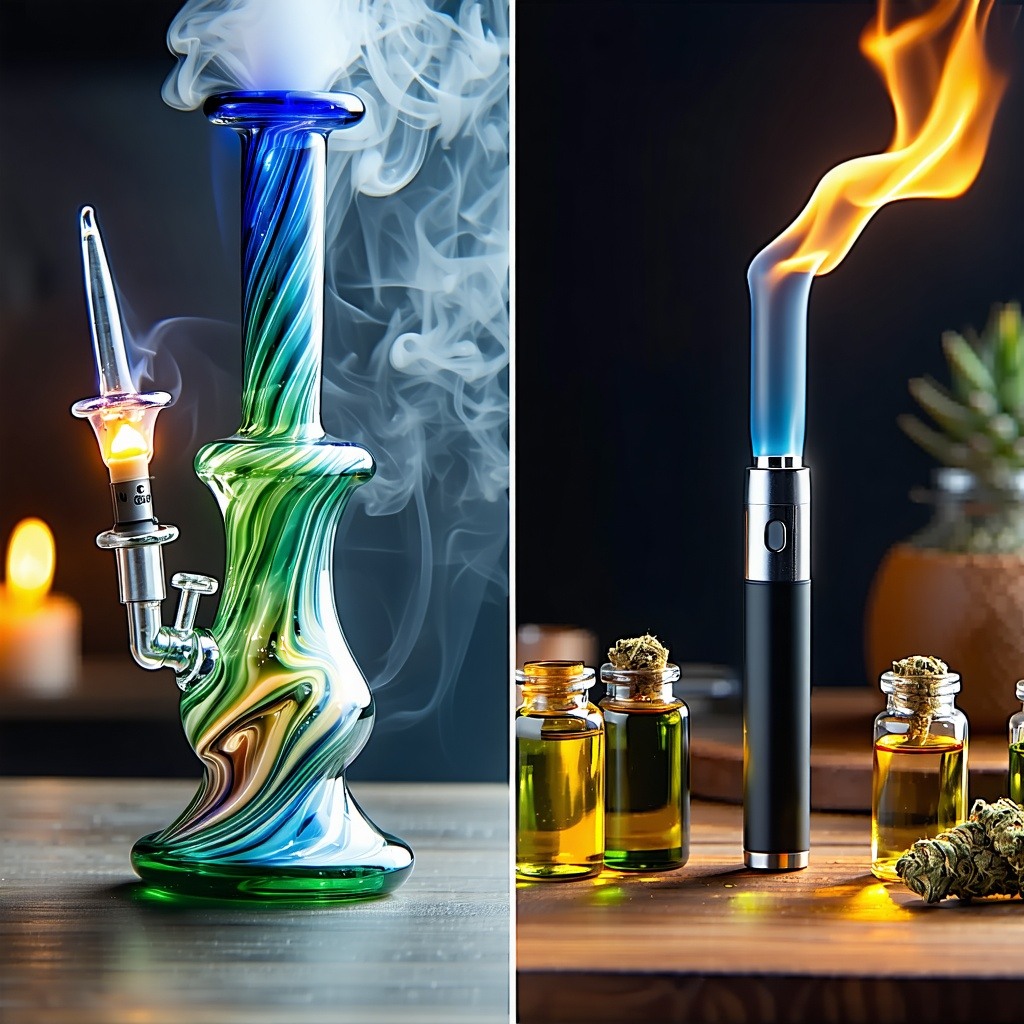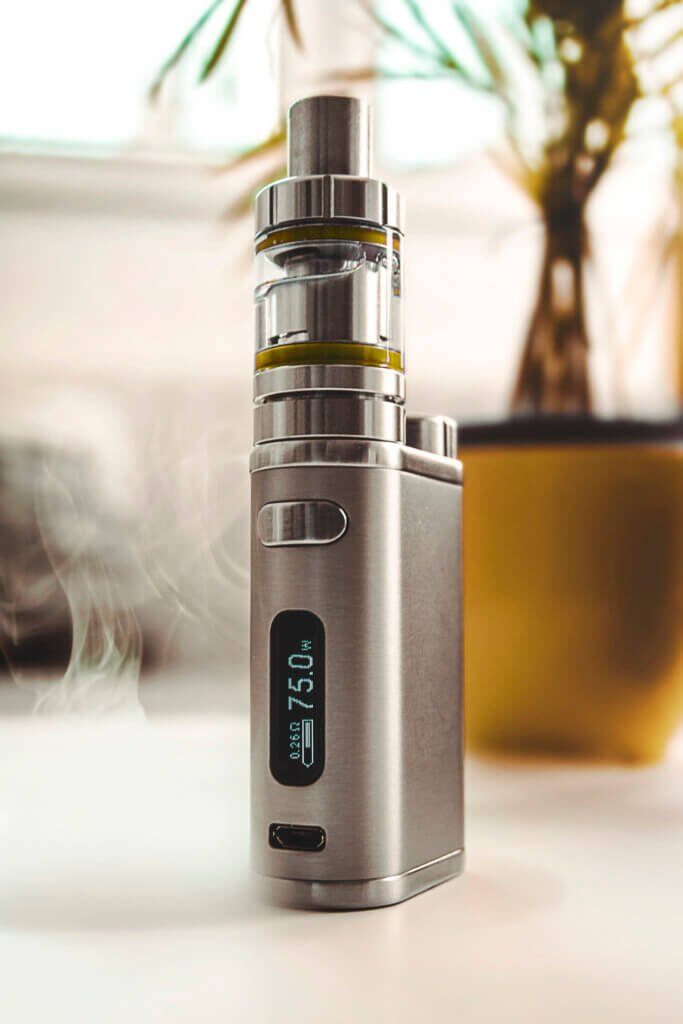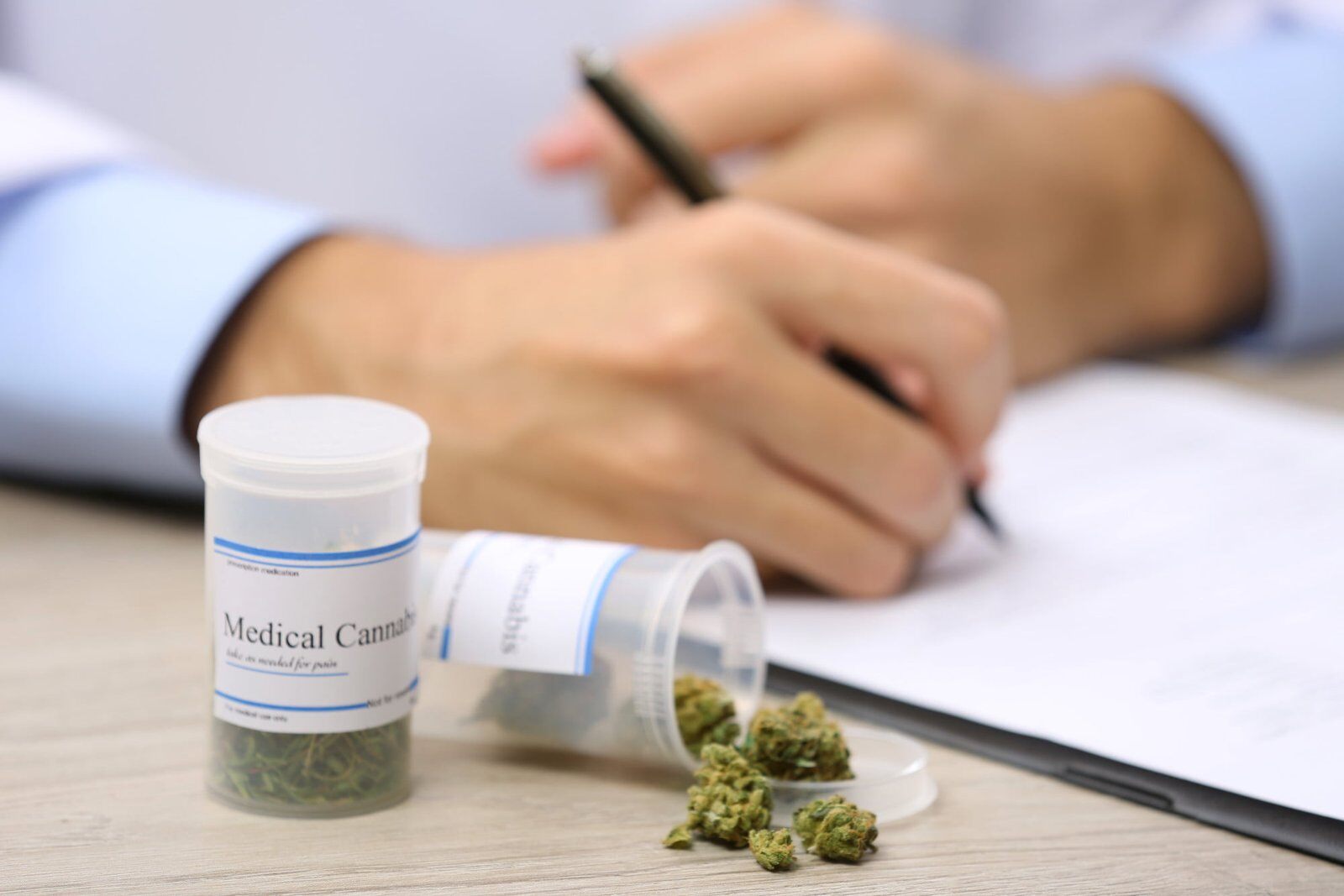6 min read
The Stoner’s Guide to Vaping Illness
Blog Originally posted https://www.thecut.com/2019/09/are-weed-pens-as-dangerous-as-vaping-nicotine.html It has been challenging, to say the...
4 min read
 Dr Kaufman
:
Mar 29, 2025 5:22:54 PM
Dr Kaufman
:
Mar 29, 2025 5:22:54 PM

Medical marijuana patients have more options than ever for consuming their medicine, with dabbing and vaping standing out as two of the most popular methods. Each offers unique benefits and challenges, making the choice between them a matter of personal preference, medical needs, and lifestyle. In this guide, we’ll break down the differences between dabbing and vaping, explore their pros and cons, and help you decide which might be the best fit for your medical marijuana routine.
Before diving into the details, let’s define these two methods:
Both methods avoid the harmful byproducts of smoking, making them safer alternatives for medical marijuana patients. But how do they compare in terms of effects, safety, and overall experience? Let’s explore.
Dabbing requires specific equipment and a bit of a learning curve, but many users find the intense effects worth the effort. Here’s what you need to know:
For a step-by-step tutorial, check out our post on How to Dab Safely.
Vaping is generally simpler and more accessible than dabbing, with a wide range of devices to suit different preferences:
Not sure which vaporizer to choose? Our guide to Choosing the Right Vaporizer for Medical Marijuana can help.
Both dabbing and vaping offer distinct advantages for medical marijuana users, but the best choice depends on your specific needs:
A study published by the National Institutes of Health highlights that vaporizing cannabis can provide effective symptom relief with lower risks than smoking, making it a strong option for many patients. However, for those with high tolerance or severe conditions, dabbing’s potency may be necessary.
While both methods are generally safer than smoking, they come with their own risks:
For a deeper dive into vape safety, see our post on Is Vaping Cannabis Safe? What the Research Says.
Choosing between dabbing and vaping comes down to your individual needs, preferences, and medical goals:
Both methods offer effective ways to consume medical marijuana, and many patients find that alternating between the two provides the flexibility they need. Whichever you choose, remember to consume responsibly, start with low doses, and consult with a healthcare professional if you have any concerns.
Have questions or need more guidance? Leave a comment below or explore our blog at Docs of Cannabis for more resources on medical marijuana consumption methods.

6 min read
Blog Originally posted https://www.thecut.com/2019/09/are-weed-pens-as-dangerous-as-vaping-nicotine.html It has been challenging, to say the...

7 min read
Did you know that one out of forty-five Missourians uses marijuana to treat a medical condition? Have you ever wondered if medical cannabis...

3 min read
Medical marijuana has been legal in Oklahoma since 2018, providing patients with diverse options to manage various health conditions. With one of...